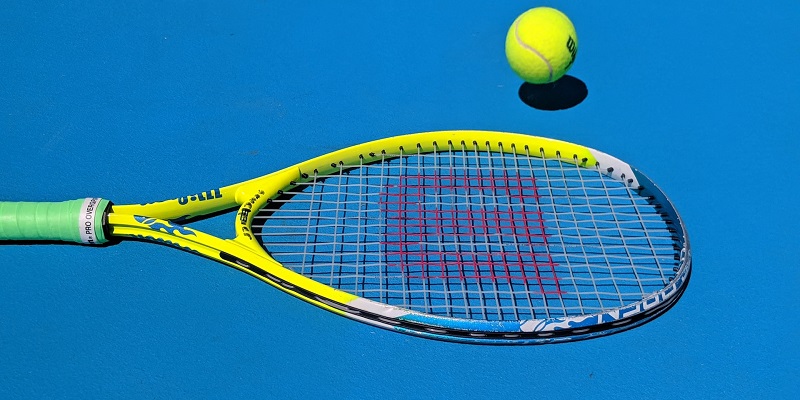The International Tennis Federation (ITF) has partnered with Microsoft to power its match insights platform for the Billie Jean King (BJK) Cup. The goal of the platform is to transform performance by using ball-tracking cameras and 3D radar systems to generate live on-court match data. The insights provided to team captains during the BJK Cup finals via a dashboard on Microsoft Surface devices can help them develop a game plan. Moreover, after the match, the platform can be used to perform a post-mortem analysis to improve players’ performance in the next match.
Partnership between ITF and Microsoft to power match insights platform for BJK Cup
The ITF has partnered with Microsoft to create a platform that helps teams perform better. The platform makes use of ball-tracking cameras and 3D radar systems to generate live on-court match data, which provides valuable insights for team captains. The platform is powered by Microsoft, which has provided the hardware and software necessary to make the system work seamlessly.
The use of ball-tracking cameras and 3D radar systems to generate live on-court match data is an innovative feature of the ITF’s match insights platform. The cameras and radar systems are deployed around the court, tracking the flight path of the ball and providing information on the performance of the players. The data is transmitted to a central processor that processes the information and provides real-time results.
The insights generated by the platform are provided to team captains via a dashboard on Microsoft Surface devices. The dashboard is easy to use and provides a simple interface for team captains to view and analyze the data. The insights can help captains develop strategies before a match and refine their play during the game.
This platform can provide insights into opponents before matches and perform post-mortem analysis after matches. The insights provided by the platform can help teams prepare for matches. Prior to matches, it can provide insight into opponents to help them develop a game plan. After the match, it can be used to perform a post-mortem analysis, providing insight into what worked, what did not work, and what players can improve in the next match.
The system is currently limited to finals due to the deployment of multiple cameras. It requires four to 12 calibrated cameras to be set up on a specific court. These cameras and radar systems are expensive and require a team of technicians to operate. However, the accessibility of the technology and data has increased significantly over the past few years.
The accessibility of technology and data today is much greater than it was even two or three years ago, and the ITF’s match insights platform is a testament to this advancement. The platform is helping teams perform at their best by providing real-time match data and insights that were previously unavailable.
Automation of data processing and analytics generation
The platform is also automating a lot of data processing and analytics generation, making it easier for teams to focus on improving performance and less on the technical aspects of the system. This automation is reducing the time and effort required to analyze the data and generate insights.
Development of AI-based camera tracking systems
Artificial intelligence (AI) is playing an increasing role in tennis and camera tracking systems. We are seeing a big amount of development across AI-based camera tracking systems, and it is likely that more advanced systems will be deployed in the future.
Filtering down of technology to the club level with less technological support and fewer teams required to run them
As technology continues to develop, we are seeing it filtering down to the club level. Many of the systems require far less technological support and fewer teams to implement and manage them. This means that even smaller clubs and organizations can take advantage of these new advancements in technology.
The ITF’s match insights platform powered by Microsoft is an exciting technological development in tennis. The innovative use of ball-tracking cameras and 3D radar systems is transforming performance and providing valuable insights for team captains. It is also encouraging to see technology becoming more accessible at the club level, enabling all organizations to improve their on-court performance. Tennis fans can expect to see more advancements in technology in the coming years, as AI and camera tracking systems continue to develop and revolutionize the sport.

